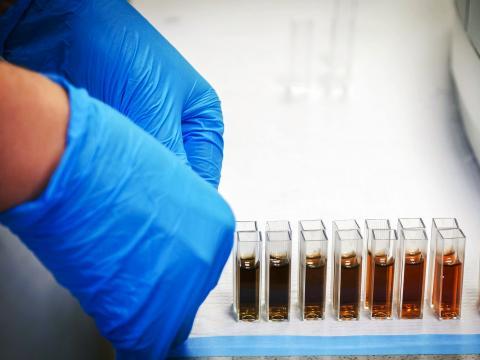
Lecture September 25th from 15:30-16:30 in Læknagarður, Room Lg-201
Name: Paolo Medini, Associate Professor in Physiology, Dept of Integrative Medical Biology, Physiology section, Umeå University, Sweden
Title: Long range connections and multisensory integration in brain microcircuits in vivo: a combined electro- and opto-physiological approach
Abstract
The brain is continuously bombarded by multiple sensory inputs that need to be sorted out in relation to our current goals and that are integrated in specialized brain areas performing multisensory integration (MI), such as the posterior or parietal association cortices. MI is functional to motor planning as well as memory formation, explaining why both posterior parietal cortex and temporal cortices feed forward such integrated, multisensory information to decision-making, prefrontal areas. Thus, MI and its transfer to prefrontal centres relies on communication among distant cortical areas via long-range, macro-circuits. How do such connections modify the function of cortical micro-circuits at cell-type specific level in the living, intact brain? Using a combination of advanced electrophysiological, opto- and chemo-genetic methods, and multiphoton network imaging in vivo, we will recapitulate our works showing the circuit mechanisms by which stimuli compete among each other at the level of the primary sensory cortical areas, how they undergo MI at microcircuit level in cortical association areas, and how this information is transferred to the target prefrontal target areas, which are central for cognitive and emotional control. We will finally show how visceral, interoceptive information (such as coitus-related vagino-cervical information) can affect and modulate the spike output of exteroceptive, olfactory areas involved in reproductive behaviour such as the accessory olfactory bulb. We will see that, quite surprisingly, several forms of multisensory interactions and corresponding interarea communications are inhibitory in nature, and discuss the functional and adaptive significance of these combined observations.
